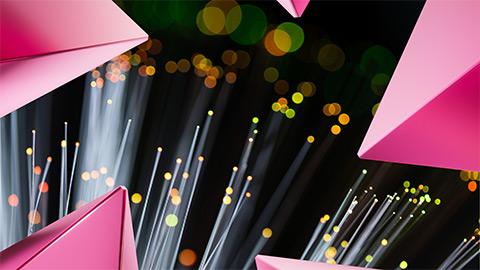
Optical communication refers to the use of light to carry a communication signal to the remote end, instead of an electrical current
Since the development of low-loss optical fibre cables in the 1970s, optical communications became one of the most popular methods of communication: it is used across a range of applications from major telecoms backbone infrastructure to Ethernet systems, broadband distribution and general data networking.

Optical communication systems encircle the Earth and form the backbone of the Internet, connecting cloud datacentres with homes, businesses and mobile networks. However, innovation is needed to keep pace with accelerating demand for bandwidth and to establish the most cost- and energy-efficient solutions. The Optical Communications and Photonics Expert Working Group has come together to explore emerging technologies which promise new capabilities that can improve our global competitiveness."
Nick Parsons
- Transmission Networks Evolution
- RAN and Access Transport
- Data Centre Networks
- Optical Wireless
- Quantum Communications
- Integrated Photonics
- Skills and Training
Cambridge Tech Week 2025
Cambridge Tech Week 2025 is set to return from 15 – 19 September, with a focus on global collaboration and a bold ambition: to showcase Cambridge as the deep tech capital of Europe and a driving force behind some of the world’s most transformative





